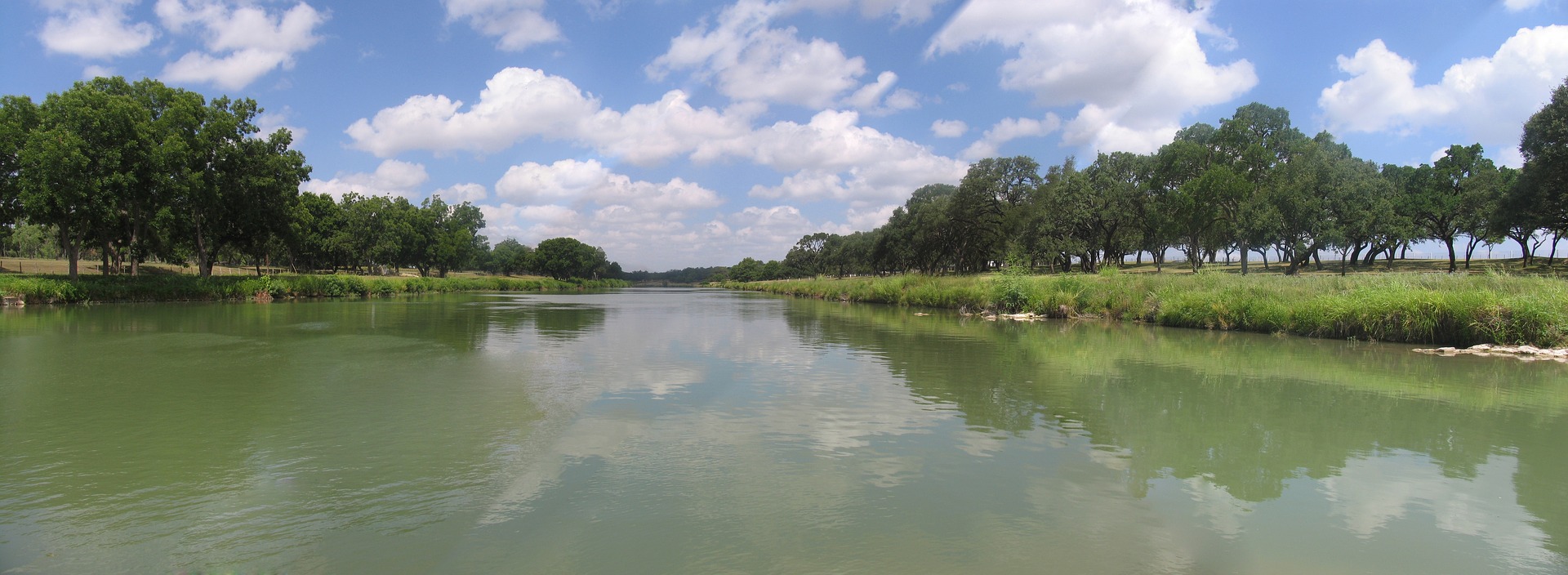A friend’s family was recently looking at property in the Texas Hill Country. On the gate next to the ranch they were touring was a sign that indicated the neighboring property was protected by a conservation easement with the Texas Land Conservancy. Their interest piqued, they checked into what all is entailed in a conservation easement. After they called Landmark to discuss wildlife management on the property, we thought some basic information on conservation easements might be in order as wildlife management and conservation easements often go hand-in-hand.
What is a conservation easement?
This is how Texas Agricultural Land Trust explains a conservation easement:
“A conservation easement is the legal glue that binds a property owner’s good intentions to the land in perpetuity. Donors of conservation easements retain title to their property. They grant conservation easements to protect their land from inappropriate development. A conservation easement runs with the title to the property regardless of changes in future ownership…Think of land ownership as holding a bundle of rights that may include the right to subdivide, construct buildings, irrigate, harvest timber or restrict access. A landowner may sell or donate the whole bundle of rights or just one or two of those rights. To give away certain rights for the purpose of conservation, while retaining others, a property owner grants a deed of conservation easement to a land trust like the Texas Agricultural Land Trust (TALT).”
Or, as explained by The Nature Conservancy: “In a conservation easement, a landowner voluntarily agrees to sell or donate certain rights associated with his or her property – often the right to subdivide or develop – and a private organization or public agency agrees to hold the right to enforce the landowner’s promise not to exercise those rights. In essence, the rights are forfeited and no longer exist.”
What are the benefits of a conservation easement?
So, why would someone forfeit rights associated with their land? Why apply “legal glue”? For many landowners, forfeiting some rights to protect all of their land for future generations is the primary reason. Perhaps they want to ensure their ranch will remain open country and not become just another subdivision or they want to conserve wildlife habitat or ensure their family farm remains just that.
Other potential benefits are tax-related. As the Land Trust Alliance explains:
“A landowner may sell a conservation easement, but usually easements are donated. If the donation benefits the public by permanently protecting important conservation resources and meets other federal tax code requirements, it can qualify as a tax-deductible charitable donation. The amount of the donation is the difference between the land’s value with the easement and its value without the easement. Placing an easement on property may or may not result in property tax savings.
“Perhaps most importantly, a conservation easement can be essential for passing land on to the next generation. By removing the land’s development potential, the easement lowers its market value, which in turn lowers estate tax. Whether the easement is donated during life or by will, it can make a critical difference in the heirs’ ability to keep the land intact.”
How restrictive are conservation easements?
You may want to protect your land for future generations, but you also want to be able to enjoy it while you’re still around. What if you want to build a home on your land? Or subdivide it so your children can each have a piece of it? The restrictions placed on you will depend on what you’re trying to protect and the terms you come to before the conservation easement is put in place. As noted by the Land Trust Alliance: “While every easement is unique, there are a few general rules. Farming and ranching are usually permitted. Development is almost always limited. Surface mining is almost always off-limits. While some easements require public access, many do not.”
Want to learn more about conservation easements?
If you’re interested in learning more about conservation easements, the Texas Land Trust Council has an online PDF handbook, Conservation Easements: A Guide for Texas Landowners which is a robust starting place for more information. The guide can be accessed here. They also have detailed listing of land trusts throughout Texas, categorized by region. You can find their Texas Land Trust Directory here.









